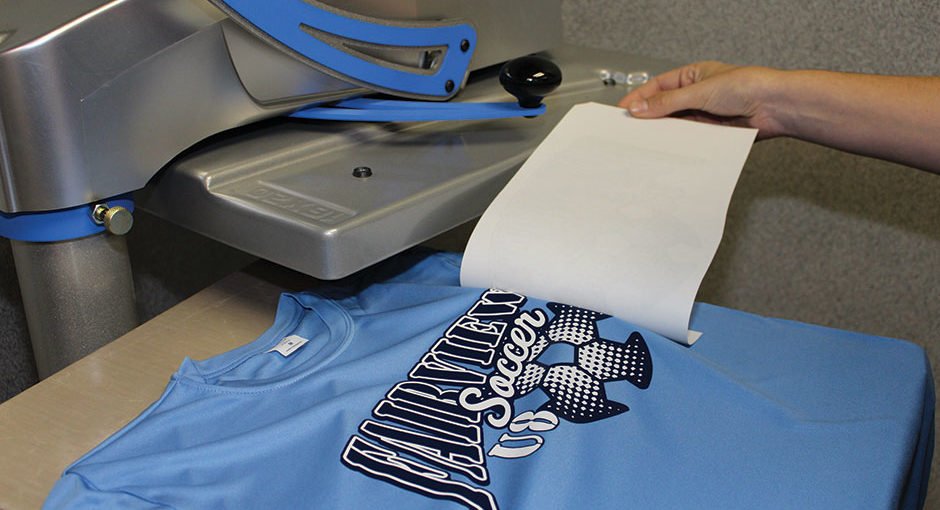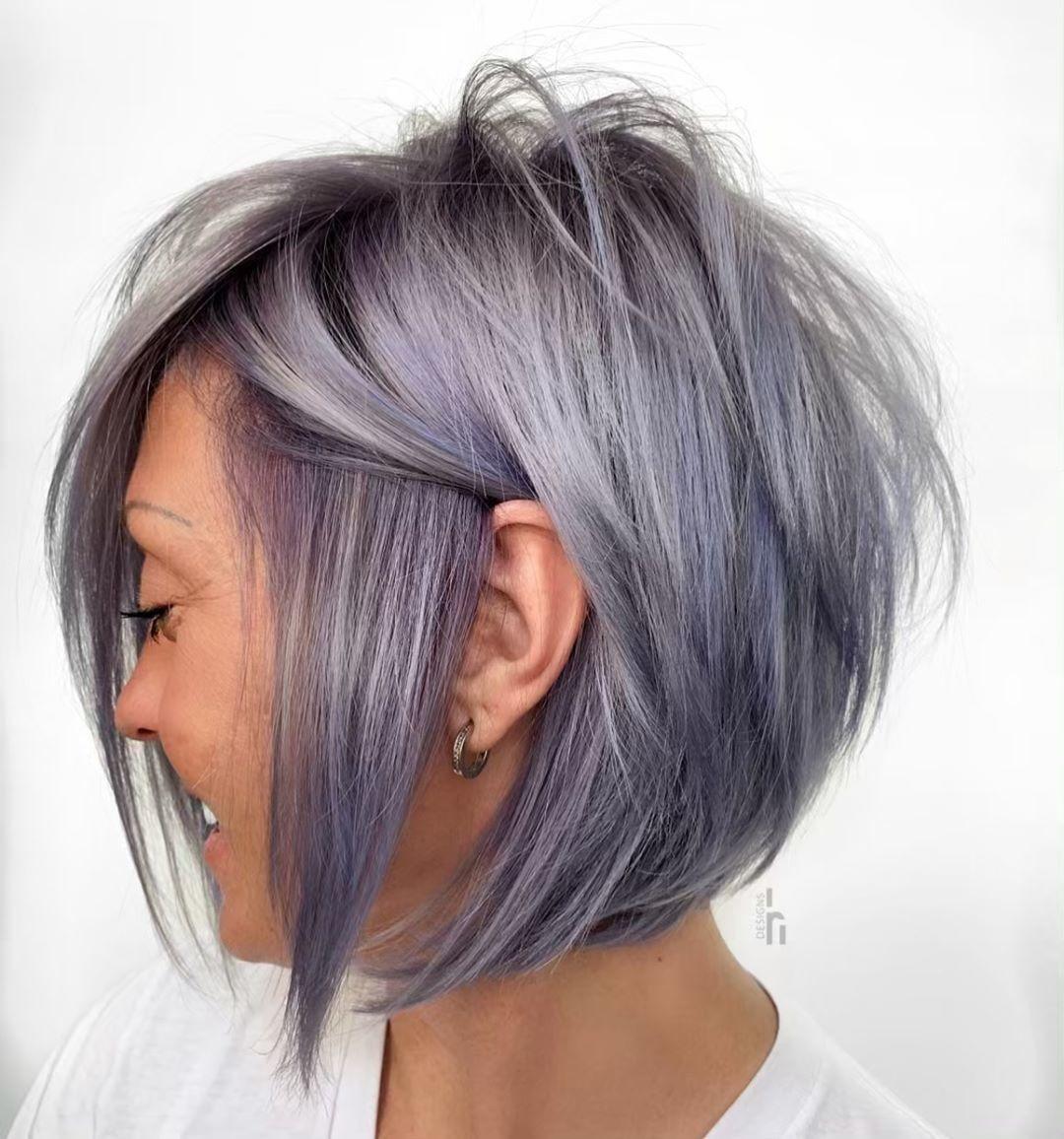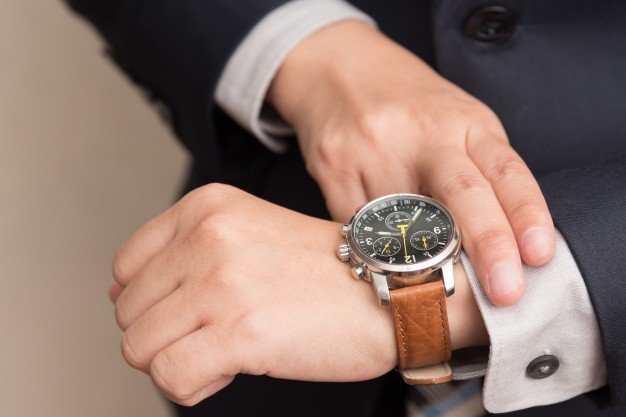Iron-on transfer paper, commonly known as T-shirt paper, is used to print designs on T-shirts. This is often used to transfer images or texts onto T-shirts or any other fabric of choice. This paper can be used to imprint images and texts on cotton bags, tablecloths, bedsheets, and even hard surfaces like wood tables and ceramics.
This blog post offers you a complete guide on how to use an iron on transfer paper and get it printed on various objects.
A Complete Guide on Using IRON-on Transfer Paper:
The ink to be used:
The first confusion that comes to the minds of first-time users is the kind of ink that needs to be used in order to get the image transferred on to the fabric.
The answer to this concern is simple: the ink in their home or office inkjet printer is just perfect for this work. The secret of this process lies in the paper rather than the ink used.
Hence, as long as your transfer paper is of the correct type and good quality, and an inkjet printer is used, normal ink is good enough.
Image reversal before printing:
A common mistake is not reversing the image before printing it out. This is a costly mistake since the cost of the paper is quite high. While using a light transfer paper, it’s essential to reverse the image and print using the mirror mode. The image is placed face down on a piece of cloth during the process. Once the printing is done, the final image appears the right way round.
However, while using dark transfer paper, image reversal is not needed. During this process, the image is placed face-up on the garment, which makes the final image appear the right way round. These steps are crucial for both light and dark transfer papers to ensure correct and proper printing.
The Process:
- Take the transfer paper and print any image or text on the blank side, in the mirror mode.
- Once the image is printed, keep it aside.
- Take the garment or cloth to be printed.
- Put the image face down on the garment and start ironing.
- The thermal indicators on the transfer paper will turn brown once you have ironed for a sufficient time period.
- Remove the iron as well as the transfer paper, and the image will be printed on the garment or T-shirt.
In the case of dark-colored fabrics, print the image or text without the reverse or mirror mode.
- First, iron out the area of the cloth where you want the image to be placed.
- Place the image or text with the face-up and cover it with a silicon paper.
- Start ironing over the paper with gentle, equal pressure.
- Remove the silicon paper to get the image imprinted successfully.
Washing the Garments:
The durability of the shirt or cloth on which the print has been done depends on the care you take, and how well the print has been made. To increase the durability of the images or texts after the transfer, place a plain sheet of paper on the image and iron the top of it gently. This removes the excess ink and helps retain the color and durability of iron-on transfer paper printed fabrics.
Common mistakes to avoid:
Here are some common mistakes that people make while using iron-on transfer paper. These can be expensive, frustrating, and can ruin the garments as well.
- It’s important to reverse the image and print on the mirror mode. Forgetting this step will ruin the garments.
- The printing should be done using inkjet printer ink. Using any other kind of ink is not recommended.
- The garment or T-shirt should be placed on a flat surface, and equal pressure needs to be applied on all sides to get it imprinted perfectly.
- Do not use an iron that is not hot enough.
- Not ironing for a long enough duration can make the image transfer improperly, with some places being perfect and the others left with just a hint of color.
- Washing the printed T-shirt or pillow cover immediately after printing can ruin the print.
The use of iron-on transfer paper is now a trend in the market and is a popular choice for personalized gifting. People can print any image or message on T-shirts, pillow covers, etc., and use them as personalized gifts for various occasions.
You can choose both light and dark colored fabrics to get the images and messages imprinted on to make a personalized gift that the receiver will cherish forever.
Read Also:
- O’Neal Apparel Buying Guide
- 5 Tips For Buying The Best Men’s T-Shirt
- A Style Guide For Wearing Men’s Sweatshirts
- What Should Be There In An ICO Whitepaper? Expert Take
featured image: richardcastle.net






















